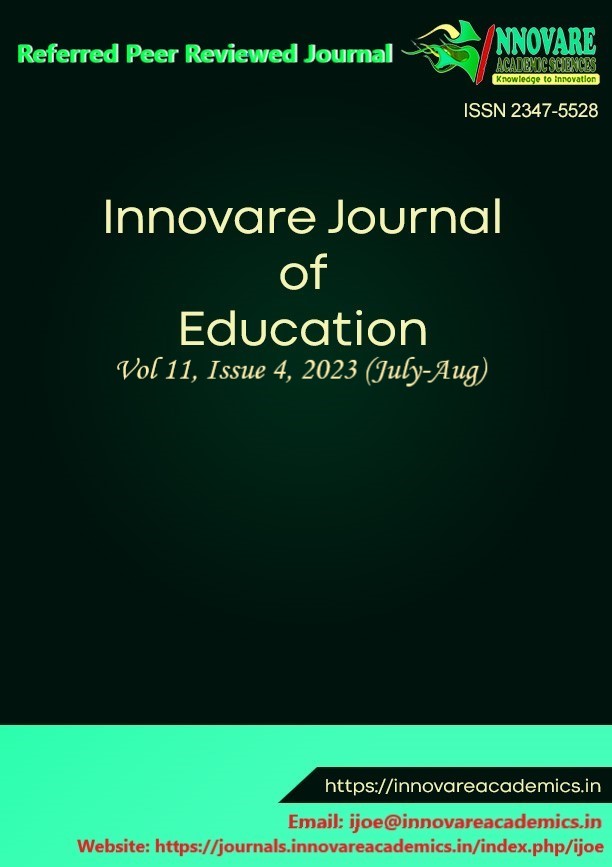Application of Mahalanobis Distance in Education and Educational Psychology: A Mini Review
DOI:
https://doi.org/10.22159/ijoe.2023v11i4.47671Keywords:
Mahalanobis distance, achievement analysis, educational psychology, education, inferential statisticsAbstract
Mahalanobis distance is a metric for the distance between groups regarding specific criteria. Mahalanobis distance is a measurement between two data sets in the space delineated by specific attributes. It will accurately assess the distance by giving various essential factors to the characteristics of data points since it considers variances and correlations between characters. Mahalanobis distance has an essential use in education in terms of achievement analysis. Mahalanobis distance is a powerful tool for drawing inferences between two groups of several variables. As it is a dimensionless, single number, it is easy to understand and interpret. Since this is a powerful tool, the application of Mahalanobis distance will increase rapidly to draw the inference. The paper examines the literature on Mahalanobis distance in education and its massive potential in educational psychology since 2020.
Downloads
References
Ahmed, E. A., Banerjee, M., Sen, S., & Chatterjee, P. (2020). Application of Mahalanobis Δ2 on achievement tests on mathematics: A Study on higher secondary level students. Indian Journal of Psychology and Education, 10(1), 36–40.
Ahmed, E. A., Banerjee, M., Sen, S., & Chatterjee, P. (2021). Comparison of achievement of higher secondary subjects among tribal and non-tribal students of Bodoland territorial region, Assam, India using Mahalanobic distance. Journal of Calcutta Mathematical Society, 17(1), 61–66.
Ahmed, E. A., Karim, M. R., Banerjee, M., Sen, S., Chatterjee, P., & Mandal, G. (2022a). A comparative Study on academic achievement of mathematics and English with other subjects of secondary Level in BTR of Assam, India, using Mahalanobis distance. Education Research International, 2022, 1–10. https://doi.org/10.1155/2022/3669065
Ahmed, E. A., Karim, M., Banerjee, R., M., & Sen, S. (2022b). Comparison of Scholastic Attainment in English and Math amongst Other Studies at the Higher Secondary Level: A Study using Mahalanobis distance. Theory into Practice, 28(4), 1–13.
Gorain, S. C., Adhikari, A., Saha, B., & Sen, S. (2021). A Study on Internet dependency, social isolation and personality using Mahalanobis distance. 6. EPRA International Journal of Research and Development, 9, 179–184. https://doi.org/10.36713/epra8471
Mahalanobis, P. C. (1936). On the generalized distance in statistics. Proceedings of the National Institute of Sciences in India, 2(1), 49–55.
Mahato, R. C., & Sen, S. (2021). Application of Mahalanobis distance to determine the dynamical nature of academic stress, self-efficacy in mathematics and anxiety in mathematics. International Journal of Advances in Engineering and Management, 3(5), 398-1401.
Sen, S., & Pal, I. (2020). Mahalanobis distance: A Study on achievement of science and mathematics. International Journal of Creative Research Thoughts, 8(7), 2542–2547.
Published
How to Cite
Issue
Section
Copyright (c) 2023 Anasuya Adhikari

This work is licensed under a Creative Commons Attribution 4.0 International License.





